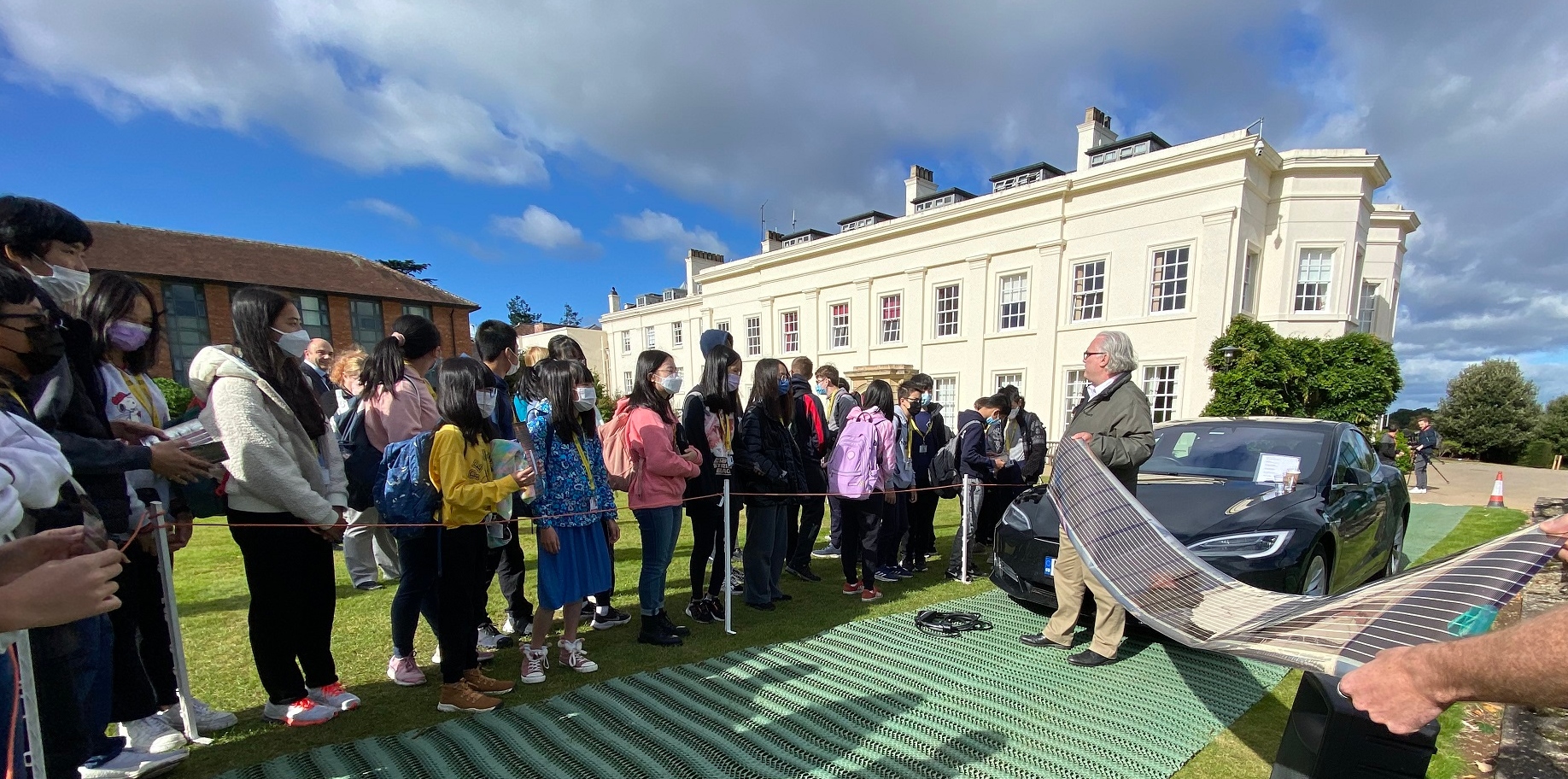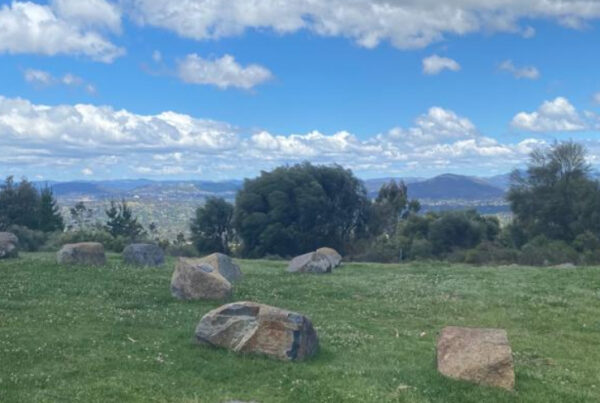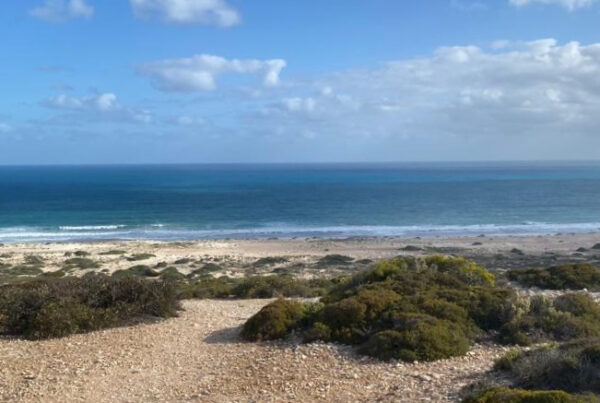As the ongoing global health crisis continues to necessitate travel restrictions, we have decided to postpone the Charge Around Australia project planned for this year until 2022.
The Coronavirus pandemic has highlighted how much we depend on electricity. Whether it is needed to power ventilators and hospital equipment, domestic appliances, home PCs, digital communications or online services, we are all highly dependent on access to a reliable source of electricity.
Our energy is currently sourced from finite resources, so urgent action is required to ensure we can provide global access to the low-cost sustainable energy sources required to tackle the issues that confront us and our planet.
One of the main aims of Charge Around Australia is to encourage people to understand that power for all our futures must be generated from renewable resources.
We strive to raise awareness that the future of sustainable power generation for transport and our wider energy requirements will be driven by innovative technology. Our mission to educate and support people and organisations extends to schools, where we aim to inspire young minds to facilitate future technological development and progress.
Charge Around Roadshow
Charge Around will visit a range of locations around the UK, from now on up until May 2022, including up to ten schools.
On visits to schools, Stuart and Arthur will present the Charge Around Roadshow featuring the technology that we are set to use on the 2022 Australia road trip. Science lectures and demonstrations, such as the solar sheets being used to charge a mobile phone, will showcase the project and help promote STEM education.
Concord College, Shrewsbury is set to be the lead school in the UK during Charge Around Australia. With the help of the Head of Science, Barry Brown, a collaborative science project following the trip as it progresses round the country will feature periodic calls from Australia to give updates, run experiments and answer questions.
The inaugural Charge Around Roadshow took place at Concord College on 29 September, with pupils from local primary schools joining Concord pupils in attendance on the day.
Groups of 13–18 year old pupils were introduced to the project in an outdoor presentation during which they were able to inspect the solar sheets that will be used for off-grid charging during the Australia trip. The students showed a fantastic level of engagement and interest in solar panels and solar power generation. In the second part of the presentation held in one of the college’s lecture halls, pupils were able to address more technical questions directly to the Centre for Organic Electronics team in the University of Newcastle, Australia via a live link.
Concord College pupils and teachers showed great enthusiasm for the concept of solar energy and the Charge Around Australia project. Pupils asked a range of pertinent questions demonstrating their grasp of the importance of solar energy for the future of our planet.
Olivia, from Concord, was awarded a prize for her excellent questions:
“Since the efficiency of the printed solar panel is very low, how can this technology be used for an electric car and make sure enough energy is generated?
Which sustainable energy has the greatest potential to become the mainstream energy source of the future?
Can the human race really find a clean and renewable energy source or improve the efficiency of our current sources of energy before all available fossil fuels are used up?”
Olivia’s questions were answered by Dr Benjamin Vaughan from the University of Newcastle:
“To charge the car we will need lots of printed solar modules because as you’ve correctly pointed out, they offer lower efficiency than silicon panels. However, the weight of the panels we need will be significantly lower than if we’d used silicon panels, so it makes it easier to carry them on the journey. They also roll up, so we’re using less space, which is handy.
But to address your question more broadly, I don’t think we’ll see this technology deployed to charge electric cars directly outside of this project. It wouldn’t be practical for everyone to carry hundreds of square metres of solar panels in their boot! Really what we’re doing here is raising awareness of these technologies to start a discussion with people like yourself. In reality, printed solar is much more likely to be deployed on the big flat rooftops of factories, or along the edges of remote roads.
I think there are lots of renewable energy sources that already are part of the mainstream economy. Solar and wind power continue to increase their input into energy grids across the world. Hydro electric and thermal also have a place in certain locations. I think you will find there isn’t one single technology that solves our energy crisis, rather a suite of technologies will. Having said that, I do believe solar energy will be one of, if not the biggest contributor of energy to humanity in the coming decades.”
Read more about the day here.
We look forward to taking the roadshow out to more schools in future.
Charge Around Community Interest Company
Other developments on the Charge Around Australia project include the establishment of a Charge Around community interest company. This will help facilitate utilising assets of the business for the public good, specifically around issues concerning the environment.
A relationship with Helen Heggie at the STEMFirst educational consultancy is continuing to develop. STEMFirst aims to forge links between education, industrial partners, employers and the wider community in order to inspire, excite and grow STEM knowledge and young people’s understanding of science, technology, engineering and mathematics. STEMFirst offers grants starting at £100k.
Charge Around Technology
Technological developments have been boosted by the ongoing collaboration between Roto Hybrid printing technology expert Mark Jones and Charge Around Australia research project coordinator Professor Paul Dastoor.
The University of Newcastle is very supportive of the project’s STEM UK work and the university and Mark Jones are keen to submit a collaborative bid for substantial funding for the project from the EU. Mark’s expertise in printing technology can expedite major improvements.
The main technological challenge currently is to increase the harvesting percentage efficiency. Paul is currently working at 1%-2% efficiency, using organic electronics technology that ensures it is a fully renewable method.
When harvesting efficiency is greater than 4%, it will mean that solar sheets can generate the cheapest form of electricity on the planet. Improvement in processes through Mark’s technological expertise should bring about the desired increase in efficiency.
Hopefully we will be able to put the new and improved solar sheets to good use during the rescheduled September 2022 Charge Around Australia trip.





